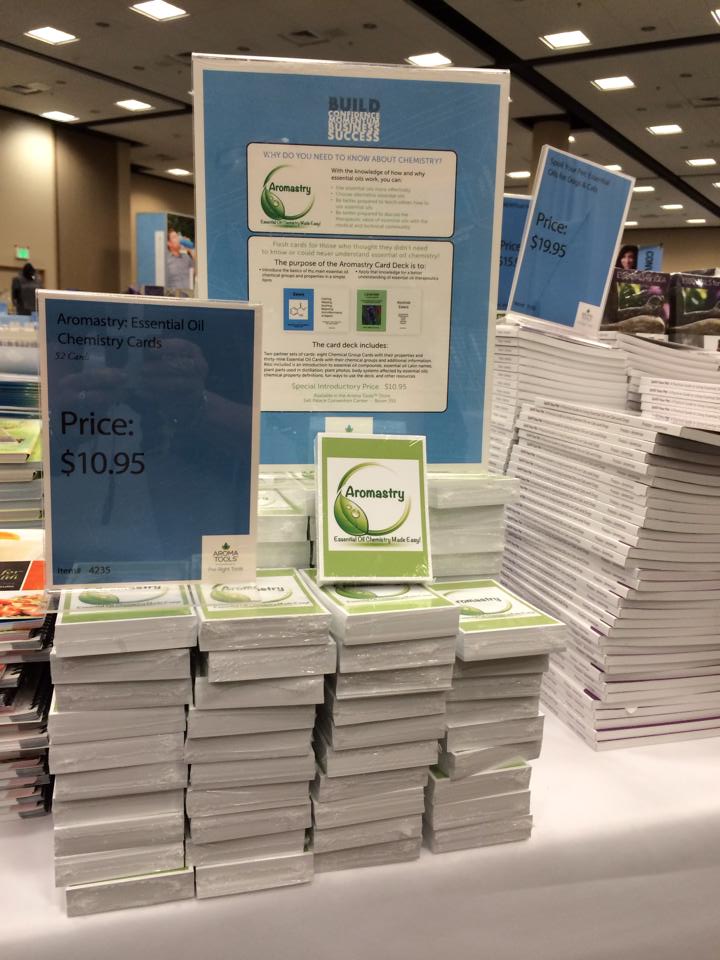ABOUT ESSENTIAL OIL CHEMICAL COMPOUNDS
The chemical compounds found in essential oils are a plant's protective system called secondary metabolites. These compounds have evolved in plants over millions of years to protect them from parasites (bacteria, virus and fungi), from the environment (cold, heat and UV) and to repair cellular damage. Scientific evidence supports that plants and animals evolved from the same original cell formed over 3.5 billion years ago, and although this common ancestor gave rise to a great diversity of living things, such as plants and animals, our cell's structure and metabolism are still very similar. This is why we (animals/humans) can use essential oils for the same reasons plants have developed them.
The chemical compounds found in essential oils are classified into groups by their atomic structure. In general, pure essential oil chemicals can be subdivided into two groups: the hydrocarbons, made up of terpenes which are mainly monoterpenes and sesquiterpenes and the oxygenated compounds which are mainly esters, aldehydes, ketones, alcohols, phenols and oxides. There are other chemical groups that are influential in an oils therapeutic value and present in most oils. In our effort to simplify the learning process, these eight primary chemical groups are the focus of the Aromstry card deck.
One single oil may contain hundreds of individual chemical constituents from a variety of chemical groups and each chemical constituent has it's own specific properties. Although, the activity of an essential oil is not only due to individual chemical properties but also to the combined properties of it's chemical compounds, referred to as Synergy; collectively the whole is more important than the sum of its isolated pieces.
In addition, each chemical group consists of many individual chemical constituents and although the groups are classified by atomic structure, the therapeutic effects of the chemicals within each group vary greatly. One of the most impressive and amazing facets of the use of essential oils is each chemical groups' and each essential oils' variety of therapeutic effects. Once again, in our efforts to keep this information simple, only the primary therapeutic effects of each chemical group are included in this deck.
The chemical constituents that have evolved within plant metabolites and are distilled to become our essential oils, are truly unique to nature. It is important to note that even with the best human efforts in a laboratory, with all the right chemical proportions, essential oils that are therapeutically equal to those that have evolved in nature cannot be recreated.

